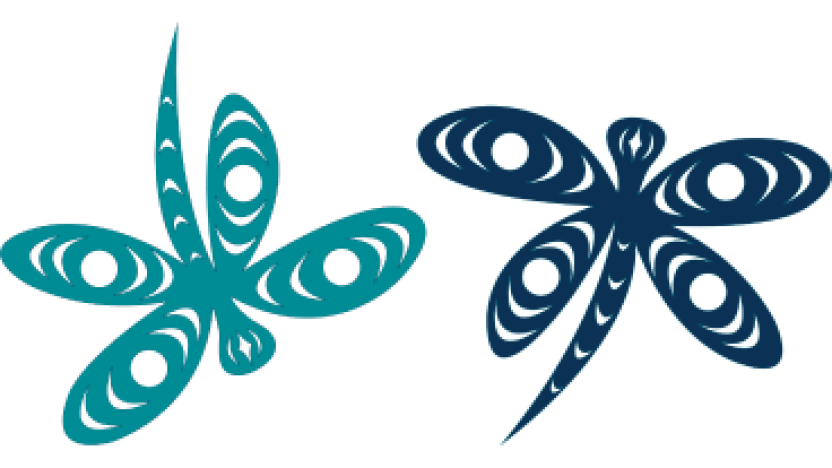What are invasive species?
Invasive species are plants, animals and microbes that are not native to a region and that tend to out-compete native species for available resources. They often form dense populations and dominate ecosystems. After habitat loss, invasive species are considered to be the second greatest threat to global biological diversity.
How are they spread?
Humans cause most spread of invasive species. People transport invasive species to environments that were not previously home to these species due to geographical boundaries. This may occur deliberately (for example, when ornamental plants are imported for gardens), or accidentally (such as when trans-oceanic ships discharge ballast water containing shellfish larvae into a receiving port). Although only a small percentage of species that are introduced into new areas are able to survive, those that do can cause serious problems.
What are the priority species?
Priority invasive species pose the greatest environmental threats. These species are typically new to a region or haven't spread too far to control or eradicate.
Prevention and early detection/rapid response are two of the most important actions to successfully manage invasive species and their impacts.
Certain invasive species removal programs are part of the CRD's Regional Invasive Species Program.
Read below to learn how you can get involved in protecting the natural diversity of our region.
- High Priority Invasive Species [PDF/689KB]
- Black Knapweed [PDF/3.7MB]
- Blessed Milk Thistle [PDF/3.2MB]
- Carpet Burweed [PDF/1.1MB]
- Death Cap Mushroom
- European Wall Lizard (PDF)
- Giant Hogweed [PDF/1.8MB]
- Gorse [PDF/1.5MB]
- Japanese Butterbur [PDF/1.9MB]
- Italian Arum [PDF/773KB]
- Knotweed [PDF/180KB]
- Poison Hemlock [PDF/1.7MB]
- Policeman's Helmet [PDF/1.6MB]
- Shiny Geranium [PDF/1.1MB]
- Tansy Ragwort [PDF/1.4MB]
- Yellow Flag Iris [PDF/1.4MB]
See an invasive species? Please report it.
Frequently Asked Questions
Invasive Species Resources:
- Regional Priority Invasive Species
- Guide to Invasive Plants in Your Garden (PDF)
- Controlling Established Invasive Plants on Your Property - District of Saanich (PDF)
- Invasive Species Council of BC (ISCBC)
- PlantWise - choose non-invasive plants for your garden
- Clean, Drain, Dry - for boaters and kayakers
- Don't Let it Loose - for pet and aquarium owners
- Play, Clean, Go - for hikers, campers and back-country explorers
- Buy Local, Burn Local

